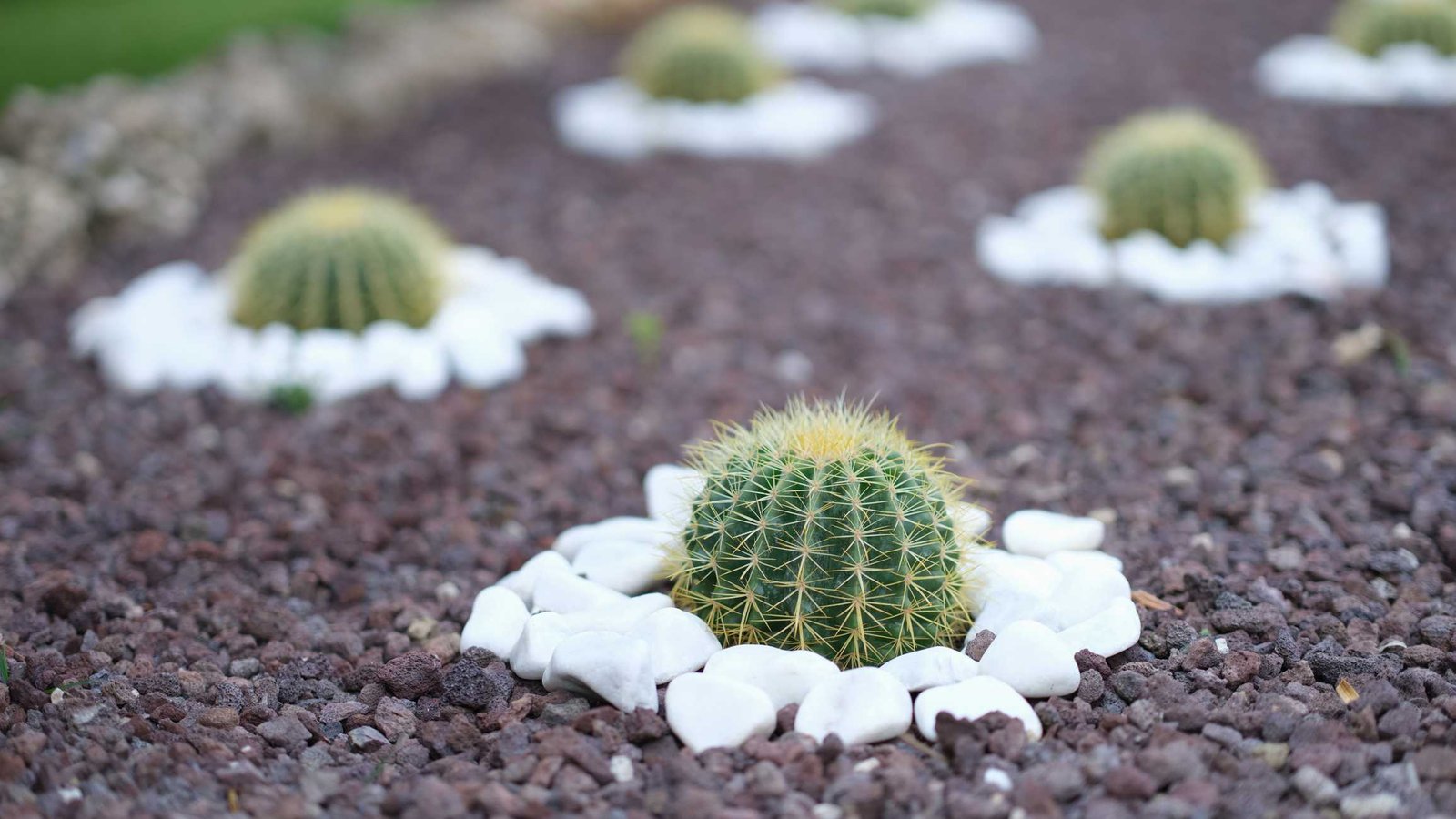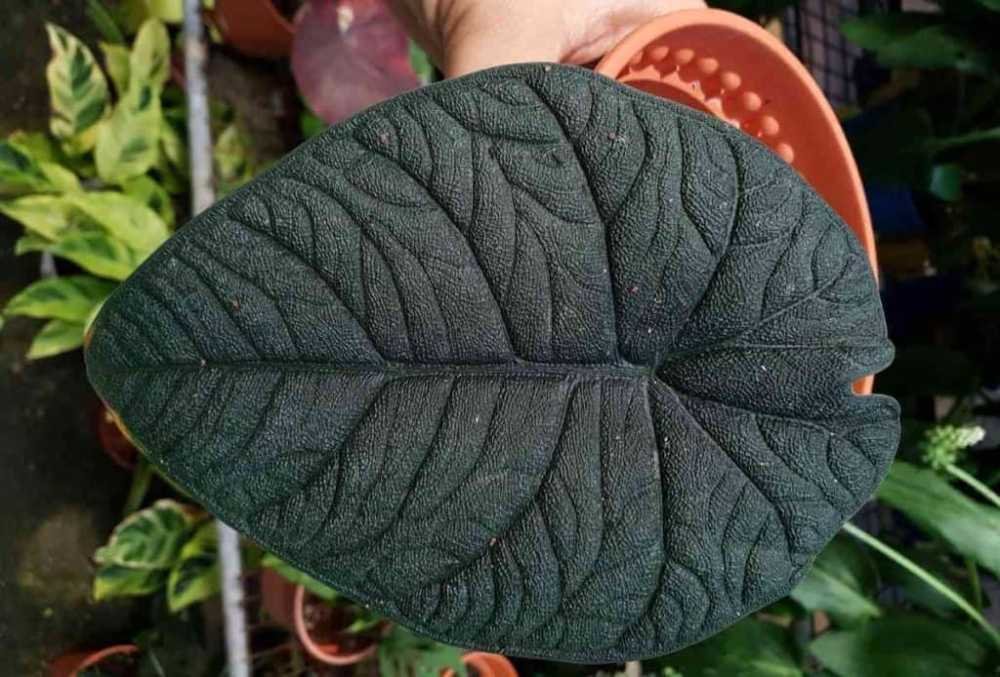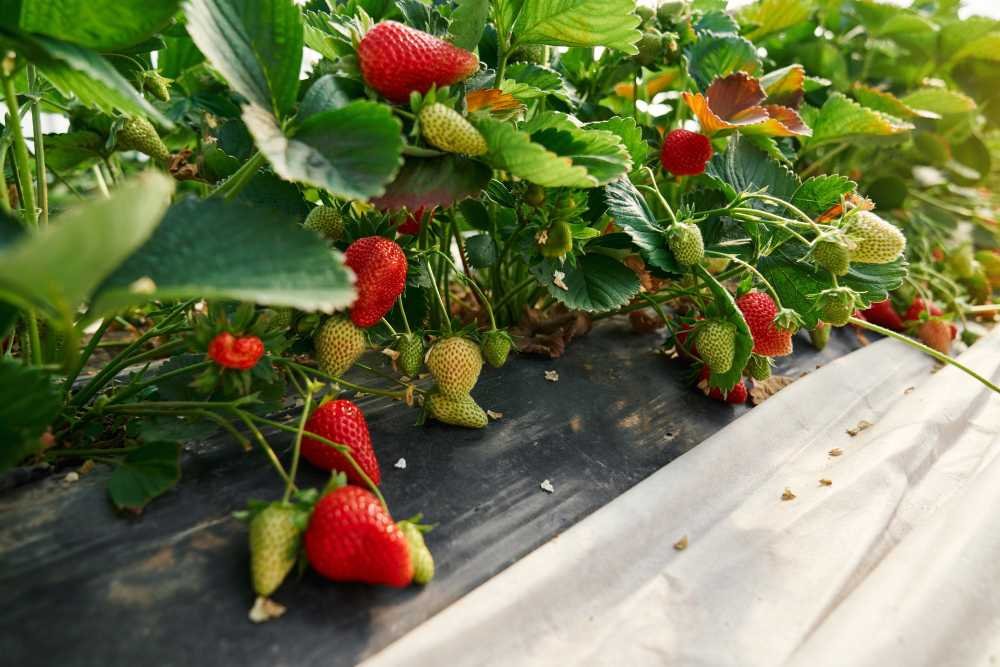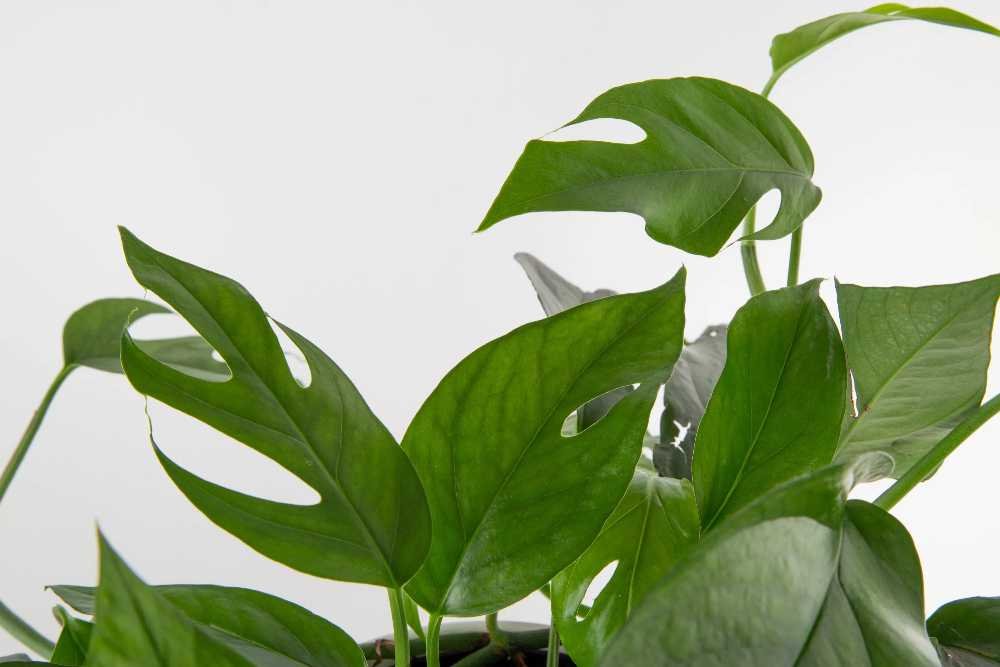Boobie Cactus is a unique and trendy plant that most plant lovers strive to adopt. With such an interesting name, it wouldn’t be surprising that Boobie Cactus lives up to its name. It is a succulent with a unique shape resembling a woman’s breasts.
Despite the growing popularity among indoor gardeners, it is a rare plant and can be hard to come by. This is because it is a cultivar, meaning it doesn’t exist naturally in nature. Read on for tips on how to grow and care for this unique plant.
What is Boobie Cactus?
Boobie Cactus goes by many names, courtesy of its unique shape. These include Boob Cactus, Titty Cactus, Blue Myrtle Cactus, and Breast Cactus. However, the scientific name of this plant is Myrtillocactus Geometrizans Fukurokuryuzinboku. Given its thick blue-green stem, it sometimes goes by Blue Candle Cactus.
The plant is a succulent from the family Cactaceae. Because Boobie cactus is a Japanese cultivar, you cannot find a similar plant naturally growing in the wild. It is specifically designed as an indoor plant. However, Myrtillocactus Geometrizans, from which it is derived, originates from Mexico, Guatemala, and Oaxaca.
Boobie Cactus has a thick, cylindrical, or roundish stem. Unlike regular cacti, the ribs of the Boobie Cactus resemble a woman’s boobs, with spikes at the end. The spikes are not as prickly, and the plant itself is not toxic to pets and humans.
While it is a slow grower, the Boobie Cactus produces white flowers during the growing season(spring). It also cannot flower before reaching a height of 60cm. The flowers can go ahead to produce edible fruits.
Besides the weird shape, Boobie Cactus can grow as tall as 24 inches or more and 8 inches wide. You, therefore, don’t have to worry about space if you have little of it. It is a hardy plant that is easy to maintain, making it a good choice for new and experienced indoor gardeners.
How to Care for Boobie Cactus
Being a hardy plant, Boobie Cactus is an easy plant to grow and maintain. It doesn’t require a lot of nutrients or special conditions to thrive. Use the following information to care for your Boobie Cactus and enjoy the plant’s benefits.
Ideal Growing Conditions
Here are the optimal growing conditions for Boobie Cactus.
1. Light
Like most indoor plants, the Boobie Cactus does well in bright and indirect sunlight. They can also tolerate direct sunlight or full exposure. However, be careful not to place it in direct sun for more than 5 hours; otherwise, it will be scorched and develop yellow stems.
Too little sunlight is a recipe for stunted growth. With this in mind, ensure you keep it in adequate light throughout the growing seasons, and transfer it to indirect light for it to go dormant during winter.
2. Water
Since it is a succulent, Boobie Cactus stores water in its stems. It can survive with little watering since it is a desert plant. Limit your watering to once a week or every two weeks during summer and spring. Avoid watering during winter.
Avoid overwatering and only do so when the soil feels dry. Also, only use filtered tap water or rainwater. Tap water contains chlorine which can be harmful to the plant.
3. Soil Requirements
Boobie cactus loves acidic soil with a PH between 5.5 to 7. The soil should also be well-drained, and contain organic matter to nourish it. Since it stores water in its stems, light and porous soils are ideal.
You can use a succulent potting mix for the best results. Also, adding coarse sand or perlite to the soils can help increase drainage.
4. Humidity
Like other cacti types, Boobie Cactus requires low humidity levels, just like in the desert. Avoid placing it with high-humidity plants or in an overly moist place. Humidity levels between 30% and 40% are okay.
Since it traps moisture, you won’t have to mist it or use a humidifier to up its humidity requirements.
5. Temperatures
The best temperatures for growing Boobie Cactus are between 500F and 800F. The plant prefers warm temperatures, although it can tolerate 400F.
You shouldn’t subject your Boobie cactus to temperatures below 500F as it would freeze to death. Keep the plant in a cool, dry place during winter, away from drafts.
6. Fertilizer
Since Boobie Cactus is not a heavy feeder, fertilizer is not necessary. If you must, do so during spring and summer, and apply it once a month. A general succulent fertilizer will do just fine. Ensure you water the plant thoroughly after applying fertilizer to ensure it reaches the roots.
The plant goes dormant during winter, making it unnecessary to apply fertilizer during this time.
Propagation
The best way to get a new Boobie Cactus plant is by propagating it through stem cuttings. Propagating it using the seeds will only give you a regular cactus variety as it is a cultivar.
To propagate using a stem, take a cutting and let it rest for a day to allow it to callus. This prevents it from rotting. You can then insert at least an inch of the stem in your soil and place it in an area with direct sunlight for speedy growth.
Water the plant sparingly. It will take a few weeks or months for the stem to grow roots.
Pruning
Pruning is not necessary for Booby Cactus since it has a compact shape. However, you may prune it to remove diseased or damaged parts and offsets that grow beneath the plant. Use a clean knife when pruning, and wear gloves to protect your hands from spikes.
Repotting
Repot your Boobie Cactus every 2 -3 years or after it outgrows its pot. When repotting, get a bigger pot and place the plant at the center and at the same depth it was in the previous pot. Avoid watering immediately and give it time to acclimatize to the new soil.
Common Problems When Growing Boobie Cactus
Here are common problems you may encounter when growing Boobie Cactus.
Root rot
Root rot usually occurs from overwatering. It causes the roots to become mushy, discolored, and die. To prevent root rot, use a pot with drainage holes and ensure the soils have good drainage. Also, do not leave your Boobie Cactus in stagnant water.
Pests
Common cacti pests like mealy bugs, spider mites, and scale insects can attack Boobie Cactus. Look out for cotton-like masses, webbing or tiny spots on the cactus. In case of pests, use an insecticide to remove them and isolate the plant to prevent them from spreading.
Benefits of Boobie Cactus
As an indoor plant, Boobie Cactus adds a playful and fun touch to any space you put, courtesy of its strange shape. Besides providing aesthetic appeal, below are the benefits of keeping Boobie Cactus.
Air Purification: Boobie cactus helps with air purification by absorbing carbon dioxide and releasing oxygen. By removing carbon dioxide, the plant helps create a fresher indoor environment.
Stress Reduction: Indoor plants, including Boobie Cactus, create a relaxing and calming environment. By having it in your office or home, you can enjoy a peaceful environment and lower stress levels.
Cultural significance. Generally, cacti are a symbol of resilience, perseverance, and protection. You can add it to your space for symbolic purposes and cultural significance.
Using Boobie Cactus in Home Décor
Boobie Cactus makes for an intriguing decoration in your home and is sure to spark an interest in anyone who sees it. The plant is also highly versatile and can thrive in a range of lighting conditions, both direct and indirect sunlight. As such, you can place it anywhere in your home.
The ability of the cactus to add a unique and quirky touch to any space makes it an excellent choice for your home. Below are a few ways you can display Boobie Cactus.
1. Place it on a shelf
Boobie Cactus is an eye catchy plant. You can display it alone on a shelf so that its uniqueness shines without being overshadowed by other plants. You can also place it on a table or working desk.
2. Terrariums
A glass terrarium is a creative way to display your Boobie Cactus. Showcase a desert theme in your indoor garden by adding other desert succulents, rocks, and sand to complete the look.
3. Hanging Baskets
A hanging basket with rocks and pebbles can also showcase your Boobie Cactus and add a touch of nature to your space. You can hang it on the wall in your entryway, near the window, patio, and balcony. Ensure the location you choose receives adequate light so you don’t jeopardize its growth.
Where to Buy Boobie Cactus
Despite the growing interest in the plant among indoor gardeners, Boobie Cactus is a rare find. Due to high demand, you may not get it in your local nursery or plant store. The fact that it is monstrous and does not occur naturally in the wild makes it even harder to find.
If you want to acquire one, your best bet is to search for the plant online and choose a legitimate website to purchase from. Some of the examples of reputable retailers you can buy the Boobie Cactus plant or cuttings from include:
- Amazon
- Etsy
- eBay
Boobie Cactus: Final Thoughts
Boobie Cactus is an excellent plant addition to your home due to its unique shape that adds a visual appeal to any space you put it in. Other than the interest it creates, it also cleans your indoor air and contributes to better health in the long run. Plus, you don’t have to worry about maintenance as it can thrive in arid conditions, meaning it won’t take much of your time tending to it.




